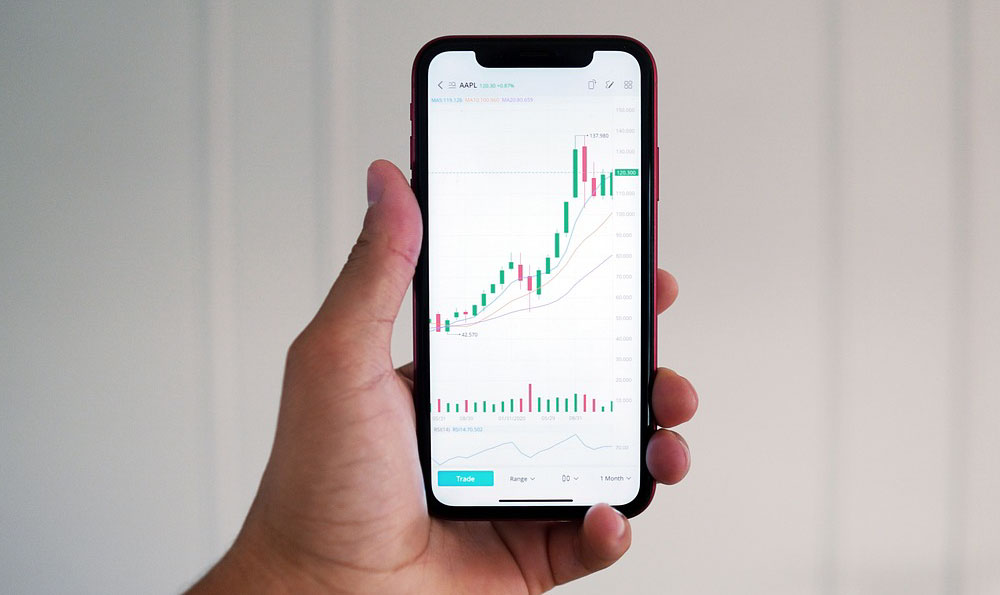How Much Can You Earn Driving for Lyft? And Is It Worth It?
Driving for Lyft can be an appealing way to earn extra income or even a full-time living. The allure of setting your own hours and being your own boss is strong, but it's crucial to understand the potential earnings and expenses involved before diving in. Estimating how much you can actually earn is a complex equation with many variables. Is it truly a worthwhile endeavor? Let's break it down.
The most straightforward way to approach this is by looking at the publicized figures. Lyft, and similar rideshare companies, often tout potential earnings in their advertisements. However, these figures are frequently presented as gross earnings, meaning the total amount earned before any expenses are deducted. Realistically, gross earnings don't reflect the true picture of what you'll take home.
Several factors significantly impact your potential earnings. Location is a prime determinant. Densely populated urban areas with a high demand for rides generally offer more opportunities and potentially higher fares compared to suburban or rural areas. The time of day also matters significantly. Peak hours, such as rush hour commutes, weekend evenings, and special events, tend to yield higher fares due to increased demand and surge pricing. Driving during off-peak hours will likely result in fewer rides and lower earnings.

Driver experience and strategy also play a role. Experienced drivers often learn to navigate their city efficiently, identifying high-demand areas and optimizing their driving routes to minimize idle time and maximize ride frequency. They might also strategically choose to accept certain types of rides over others based on factors like distance and potential tip income. Understanding local events and planning your driving schedule accordingly can also boost earnings.
Now, let's delve into the expenses. This is where the true cost of driving for Lyft becomes apparent. One of the biggest expenses is vehicle depreciation. Every mile driven contributes to the wear and tear on your car, reducing its value over time. This depreciation needs to be factored into your cost calculation, even though it's not an immediate out-of-pocket expense.
Fuel costs are another significant expense. Fluctuating gas prices can significantly impact your earnings, especially if you're driving a vehicle with poor gas mileage. Regular maintenance is also crucial. Oil changes, tire rotations, brake replacements, and other routine repairs are essential to keep your car in good working order and prevent more costly problems down the line. Failing to maintain your vehicle can lead to breakdowns and lost income.
Insurance is a critical consideration. Your personal auto insurance policy may not cover you while you're driving for Lyft. You'll likely need to obtain rideshare insurance, which can be more expensive than standard insurance. Consider this an essential business expense, as driving without adequate insurance could leave you financially vulnerable in the event of an accident.
Other expenses to consider include: phone data usage (for navigation and ride requests), vehicle cleaning (to maintain a professional appearance), and potential parking fees. Furthermore, as an independent contractor, you're responsible for paying self-employment taxes, which include Social Security and Medicare taxes. These taxes can take a significant bite out of your earnings, so it's essential to set aside a portion of your income to cover them.
To accurately determine your net earnings (the amount you actually take home after expenses), you need to meticulously track all your income and expenses. Utilize a spreadsheet or a dedicated tracking app to record your mileage, fuel costs, maintenance expenses, insurance premiums, and other relevant costs. This data will allow you to calculate your true profit margin.
To illustrate with a hypothetical example, let's say a driver earns $1,000 in gross income in a week. After deducting fuel costs ($150), vehicle depreciation ($200), maintenance expenses ($50), insurance premiums ($75), and self-employment taxes ($200), the driver's net earnings would be $325. This illustrates the difference between gross earnings and the actual money you get to keep.
So, is driving for Lyft worth it? The answer depends on your individual circumstances and priorities. If you're looking for a flexible way to earn supplemental income and you're willing to put in the effort to track your expenses and manage your time effectively, it can be a viable option. However, if you're relying on Lyft as your sole source of income, it's crucial to carefully analyze your potential earnings and expenses to ensure that you can earn enough to cover your living expenses and meet your financial goals.
Before committing to driving for Lyft, conduct thorough research. Talk to other drivers in your area to get a realistic understanding of their experiences and earnings. Use online resources and calculators to estimate your potential expenses. Consider the impact on your vehicle and factor in the cost of maintenance and depreciation. Ultimately, the decision of whether or not to drive for Lyft should be based on a careful evaluation of your individual circumstances and a realistic assessment of the potential risks and rewards. It's not a guaranteed path to riches, but with careful planning and execution, it can be a worthwhile endeavor for the right person. Remember to treat it like a business and approach it with a sound financial mindset.















